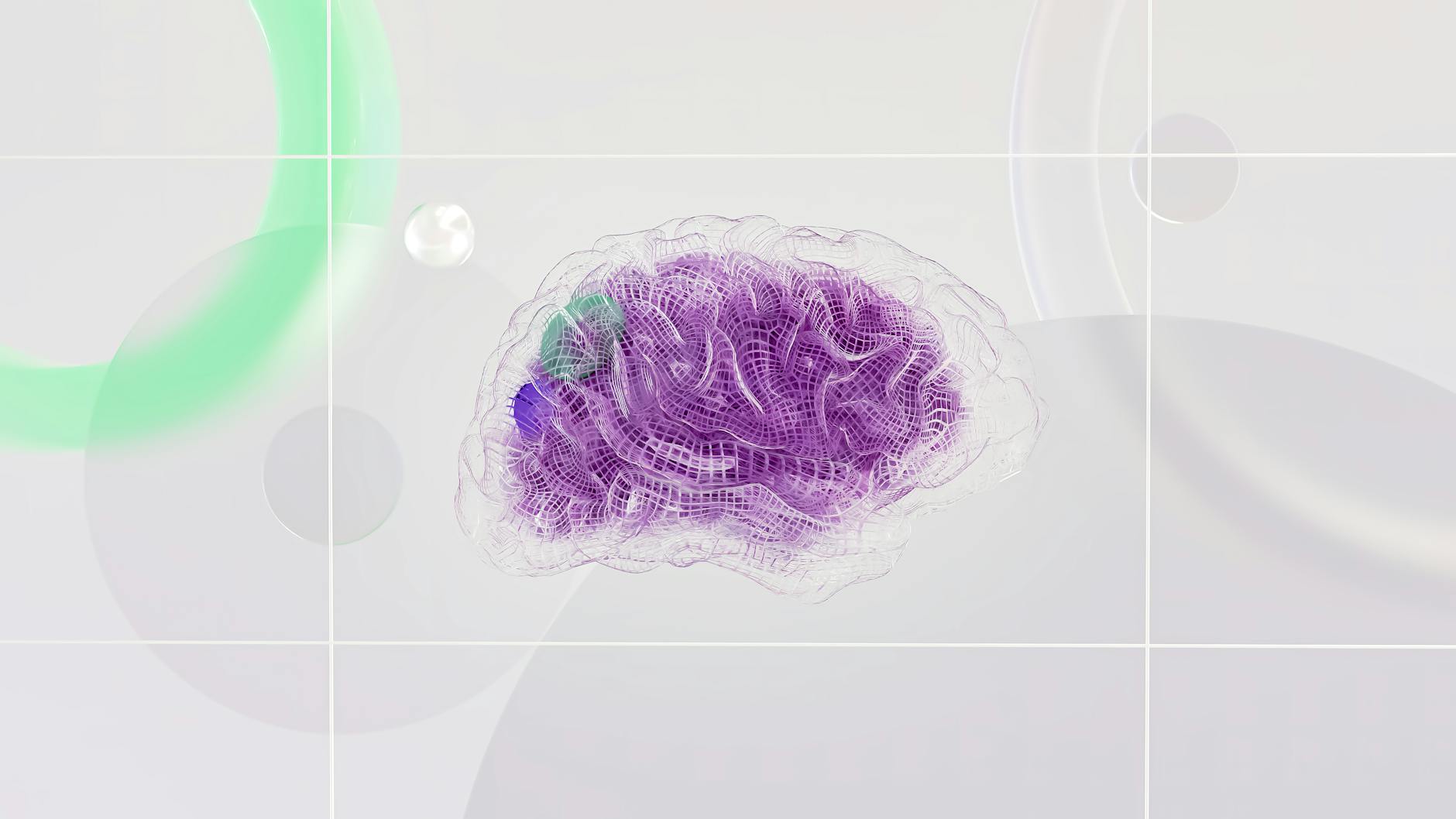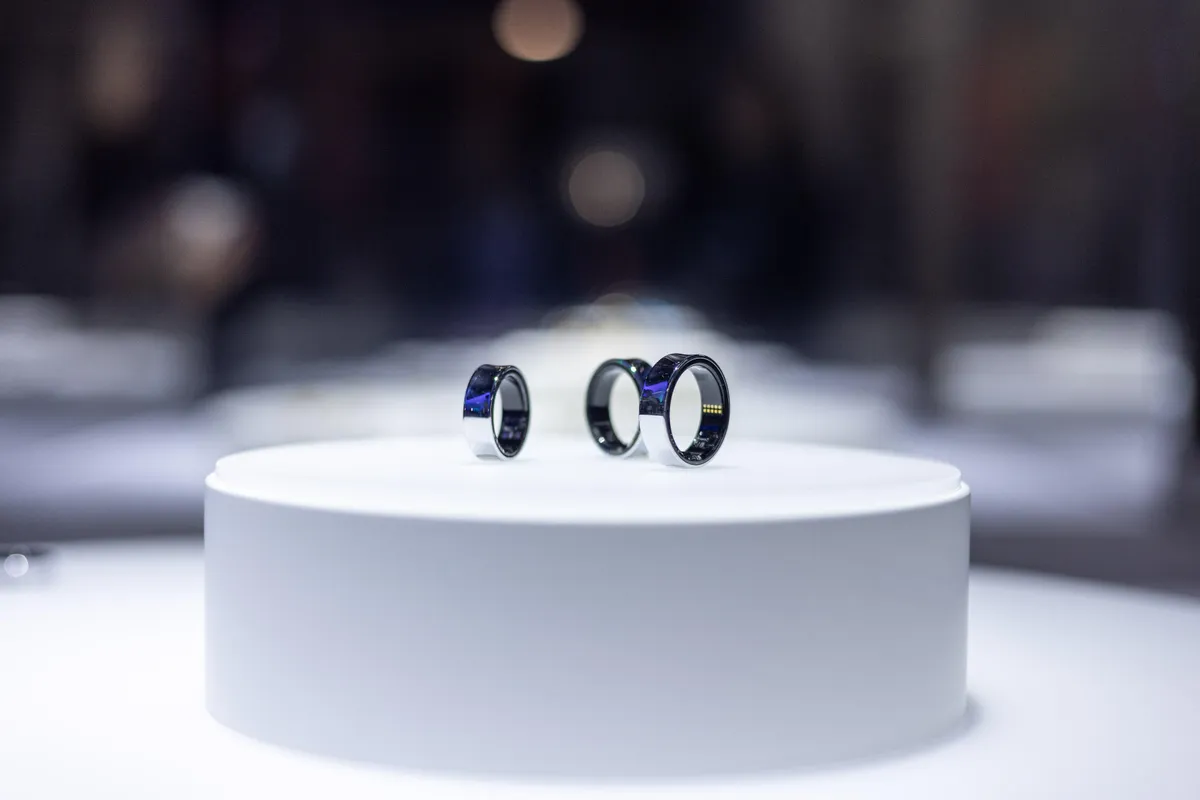Neuralink, Elon Musk’s brain-chip startup, livestreamed its first patient using a mind-controlled chip to play online chess. Noland Arbaugh, a 29-year-old paralyzed below the shoulder after a diving accident, operated his laptop’s cursor with the Neuralink device. The chip aims to empower individuals to control computer cursors or keyboards solely with their thoughts.
Reflecting on his experience with the new technology, Arbaugh acknowledged that it is “not perfect” and that they “have encountered some issues.” Despite this, he emphasized that it is not the end of the journey, as there is still much work to be done. However, he noted that the technology has already significantly improved his life.
Elon Musk has likened the capabilities of Neuralink to telepathy, as it enables tasks such as writing, gaming, and messaging using brain signals. However, this comparison can be misleading. Neuralink primarily functions as a tool that gathers and interprets brain signals through software, transmitting them to an external device, such as a computer.
Furthermore, Musk’s claim that Neuralink can address blindness may be premature. While the technology can currently collect signals from the brain, it does not have the capability to send signals back to the brain itself. As of now, the communication is one-way, flowing from the brain to the external device (Neuralink).
Are brain chip implants necessary for BCIs? What actually is BCIs and how does it work?
A brain-computer interface (BCI), also known as a brain-machine interface (BMI), establishes a direct communication pathway between the brain and an external device.
BCIs use various technologies to detect the electrical signals produced by brain cells during thinking or focusing.
The captured brain signals are processed and analyzed by a computer program. This program identifies patterns and translates them into commands.
The decoded commands are used to control external devices such as computer cursors, robotic limbs, or virtual reality environments.
Invasive BCIs: These involve surgically implanting electrodes directly in the brain, offering more precise control but carrying risks of surgery and infection.
Non-invasive BCIs: These involve wearing a headset or cap with electrodes that detect brain activity from the scalp (EEG – electroencephalography). They’re safer and more accessible but have lower signal resolution.
EEG measures the tiny electrical currents produced by the firing of neurons in your brain. By analyzing these currents, researchers can glean information about your brain activity.
Since they don’t involve surgery, non-invasive BCIs are much safer and less risky compared to invasive BCIs.
They are relatively inexpensive and easier to use, making them more widely accessible for research and potential applications.
Magnetoencephalography (MEG): Another non-invasive method that detects magnetic fields generated by brain activity. It has better spatial resolution than EEG but is more expensive and less readily available.
Functional Magnetic Resonance Imaging (fMRI): This technique measures blood flow changes in the brain, indicating areas with higher activity. It offers good spatial resolution but has poor temporal resolution (slower signal changes).
The advancements in brain-computer interface (BCI) technology, exemplified by Neuralink and Noland Arbaugh’s experience, showcase the remarkable potential to enhance human capabilities and quality of life. While the concept of telepathy-like communication and control is captivating, it’s important to recognize the current limitations and challenges facing BCIs, particularly regarding the necessity of brain chip implants.
Non-invasive BCIs offer a safer and more accessible alternative to invasive methods, with the ability to interpret brain signals for various applications. However, the technology is still in its early stages, with issues such as signal resolution and accuracy needing improvement. Additionally, the concept of using BCIs to address blindness or enable complex control remains a goal for future advancements.
it is clear that these interfaces have the potential to revolutionize fields such as healthcare, gaming, and communication. With further advancements, BCIs could offer new opportunities for individuals with disabilities and open doors to previously unimaginable possibilities in human-computer interaction.










